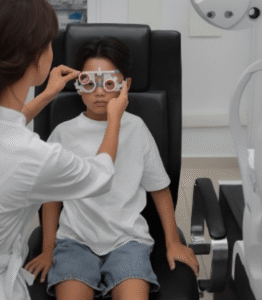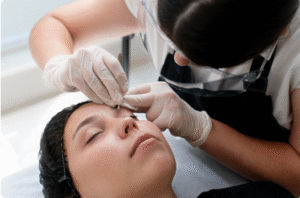Overview
Diabetic neuropathy is a type of nerve damage caused by long-term diabetes. High blood sugar levels can injure nerves throughout the body, leading to pain, numbness, and weakness, particularly in the legs and feet. It is one of the most common complications of diabetes. In Korea, where advanced diabetes care and modern diagnostic technologies are widely available, patients have access to comprehensive treatment and prevention programs to manage diabetic neuropathy effectively. Korean hospitals emphasize early detection, lifestyle interventions, and advanced therapies to improve quality of life.
What is Diabetic Neuropathy?
Diabetic neuropathy refers to nerve damage that develops due to prolonged exposure to high blood glucose levels. It can affect different types of nerves, including peripheral (limbs), autonomic (organs), proximal (hips and thighs), and focal (specific nerves). The condition can range from mild discomfort to severe pain and disability.
Symptoms
- Numbness or reduced ability to feel pain/temperature
- Tingling or burning sensation in hands or feet
- Sharp pains or cramps
- Muscle weakness
- Increased sensitivity to touch
- Loss of balance and coordination
- Digestive problems (bloating, diarrhea, constipation)
- Urinary issues (frequent infections, retention)
- Sexual dysfunction
Causes
- Prolonged high blood sugar levels damaging nerves
- Poor blood circulation
- Inflammation of nerves
- Genetic susceptibility
- Lifestyle factors such as smoking and alcohol use
Risk Factors
- Long-standing diabetes
- Poorly controlled blood sugar
- High cholesterol levels
- Obesity
- High blood pressure
- Smoking and alcohol use
- Family history of neuropathy
Complications
- Foot ulcers and infections
- Amputation due to poor healing
- Severe pain affecting daily activities
- Digestive and bladder dysfunction
- Sexual health issues
- Increased risk of falls due to loss of sensation
Prevention
- Strict blood sugar control
- Healthy diet rich in fiber and low in refined sugar
- Regular exercise to improve circulation
- Routine foot care and daily inspection
- Quitting smoking and reducing alcohol consumption
- Regular medical check-ups for early detection
Treatment Options in Korea
Diagnosis
- Nerve conduction studies
- Electromyography (EMG)
- Quantitative sensory testing
- Autonomic testing
- Blood sugar and HbA1c monitoring
Medical Treatments
- Blood sugar management with insulin or oral medications
- Pain relief medications such as pregabalin, gabapentin, or duloxetine
- Antidepressants for nerve pain
- Topical treatments (capsaicin cream, lidocaine patches)
Surgical or Advanced Therapies
- Nerve decompression surgery in severe cases
- Stem cell therapy (under research in leading Korean hospitals)
- Advanced laser and physiotherapy treatments
- Intravenous immunoglobulin (IVIG) in specific cases
Rehabilitation and Support
- Physical therapy to strengthen muscles and improve mobility
- Foot care clinics for prevention of ulcers
- Nutritional counseling for diabetic diet management
- Support groups and psychological counseling













